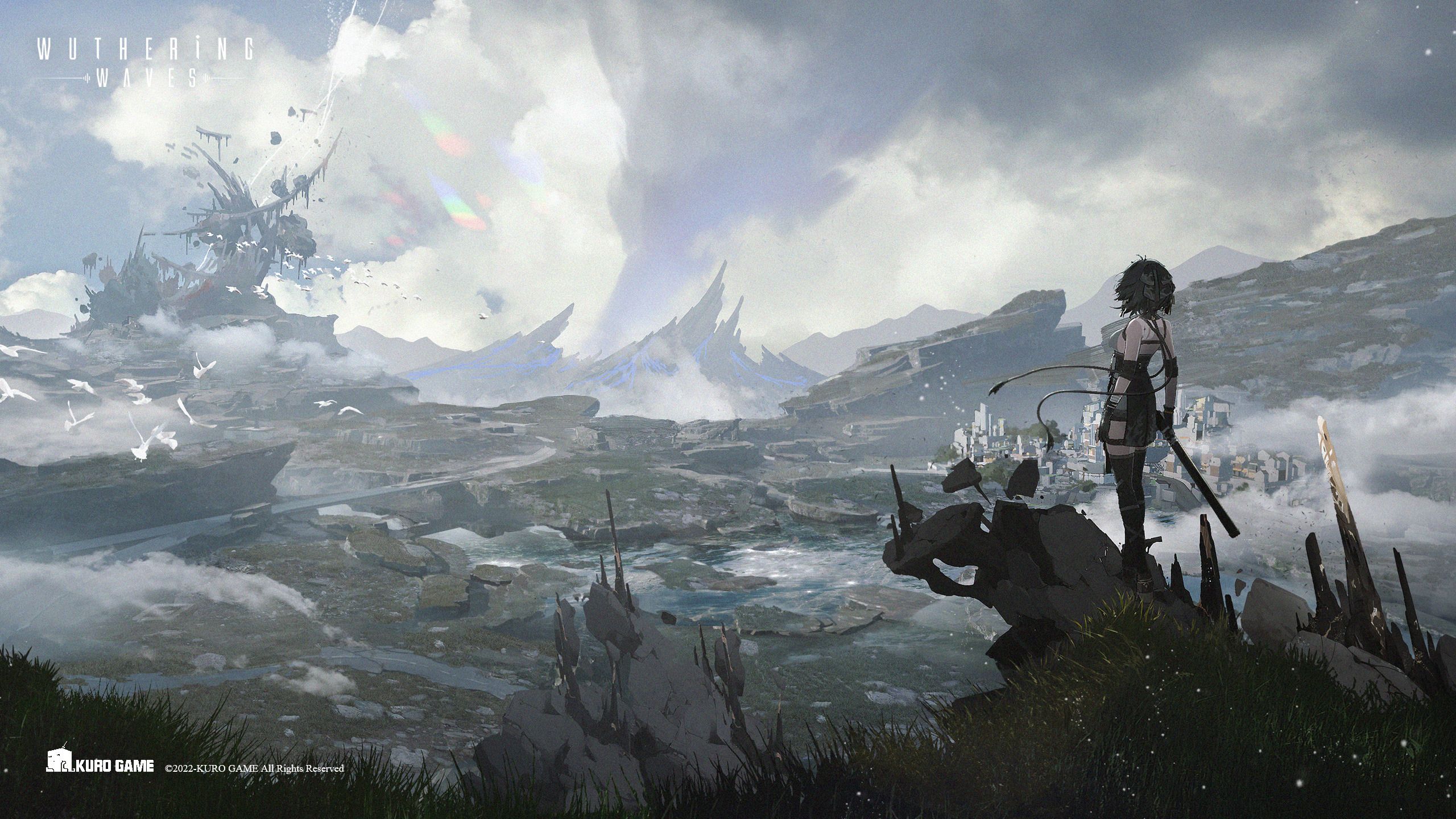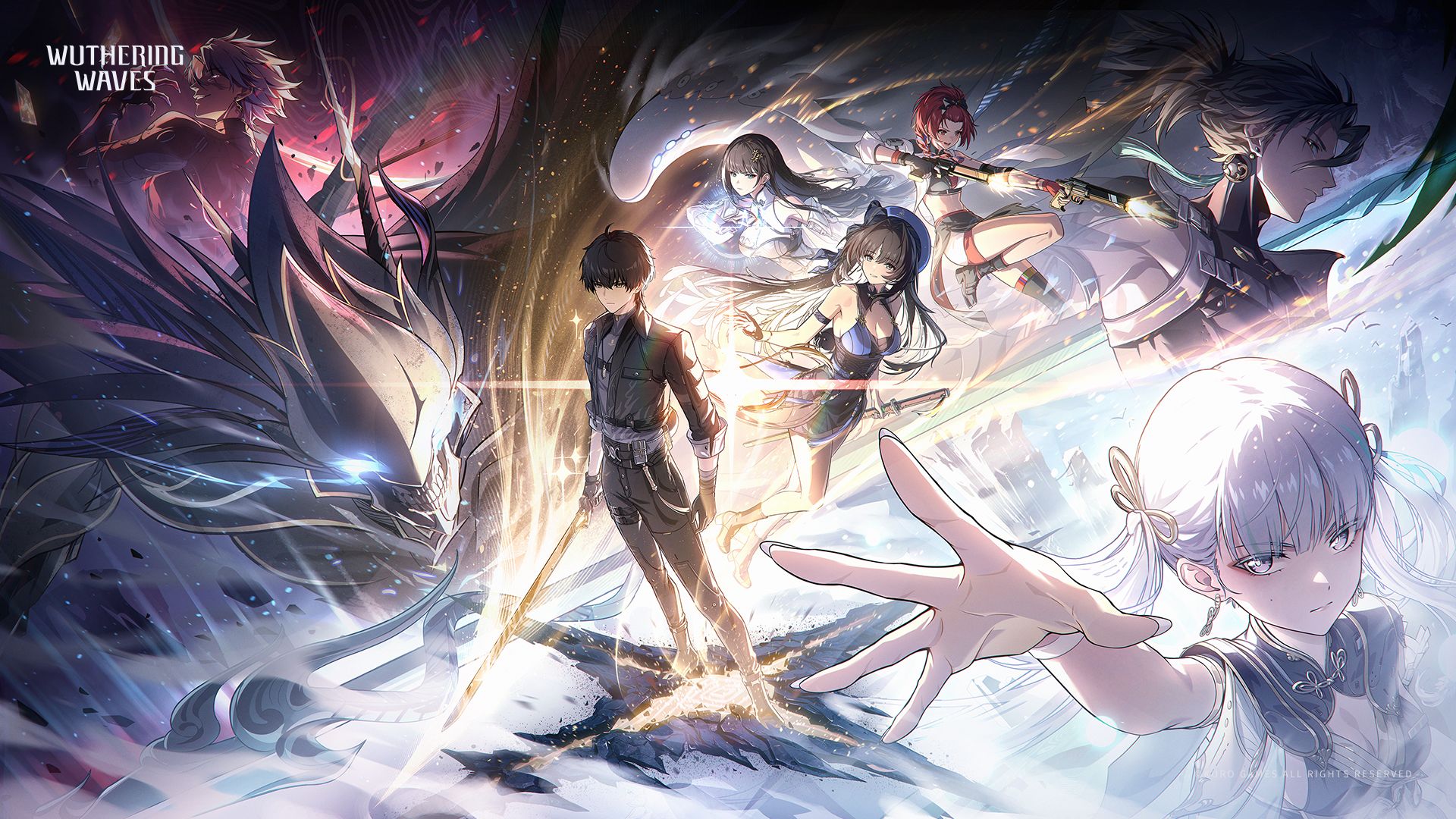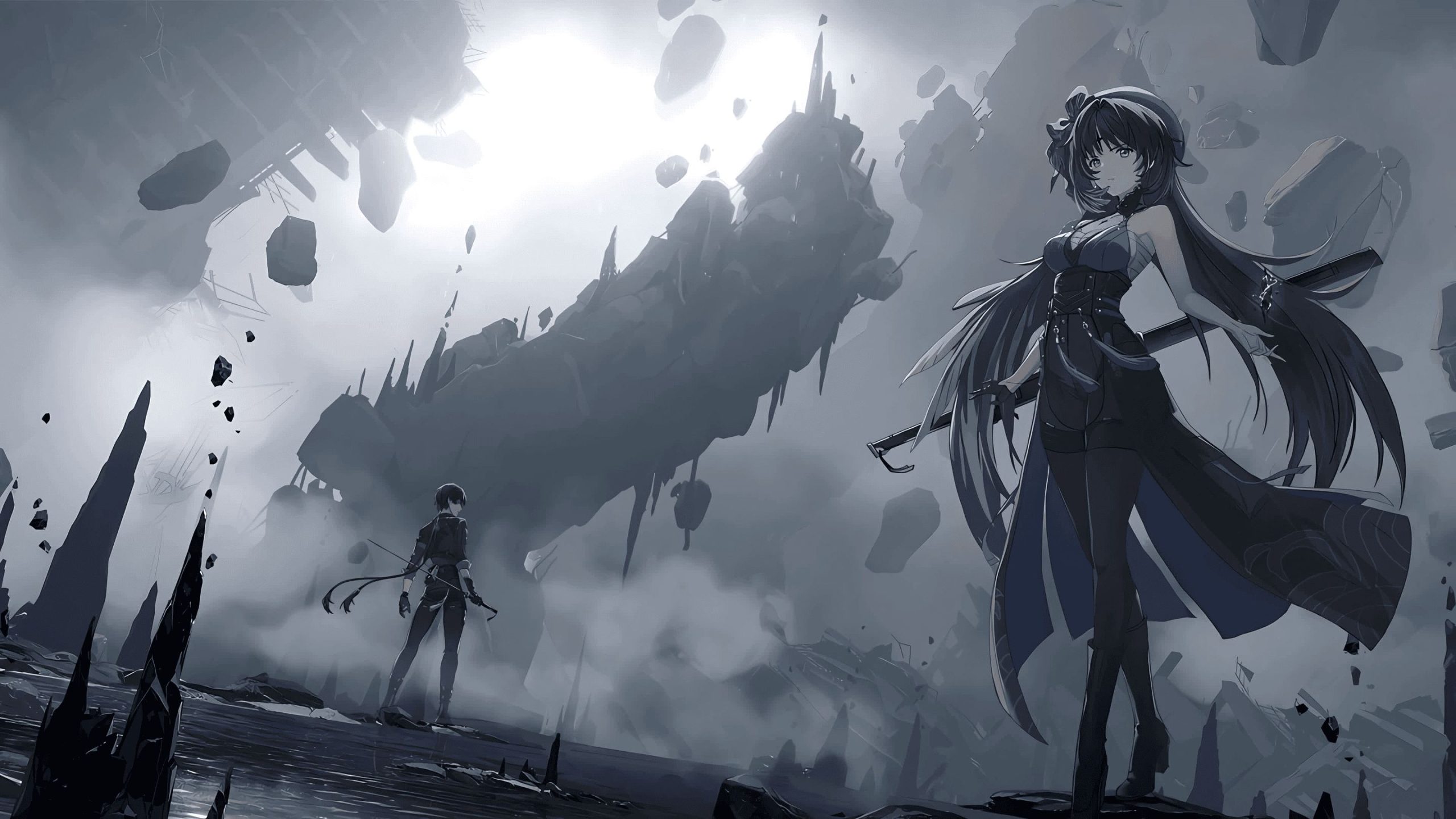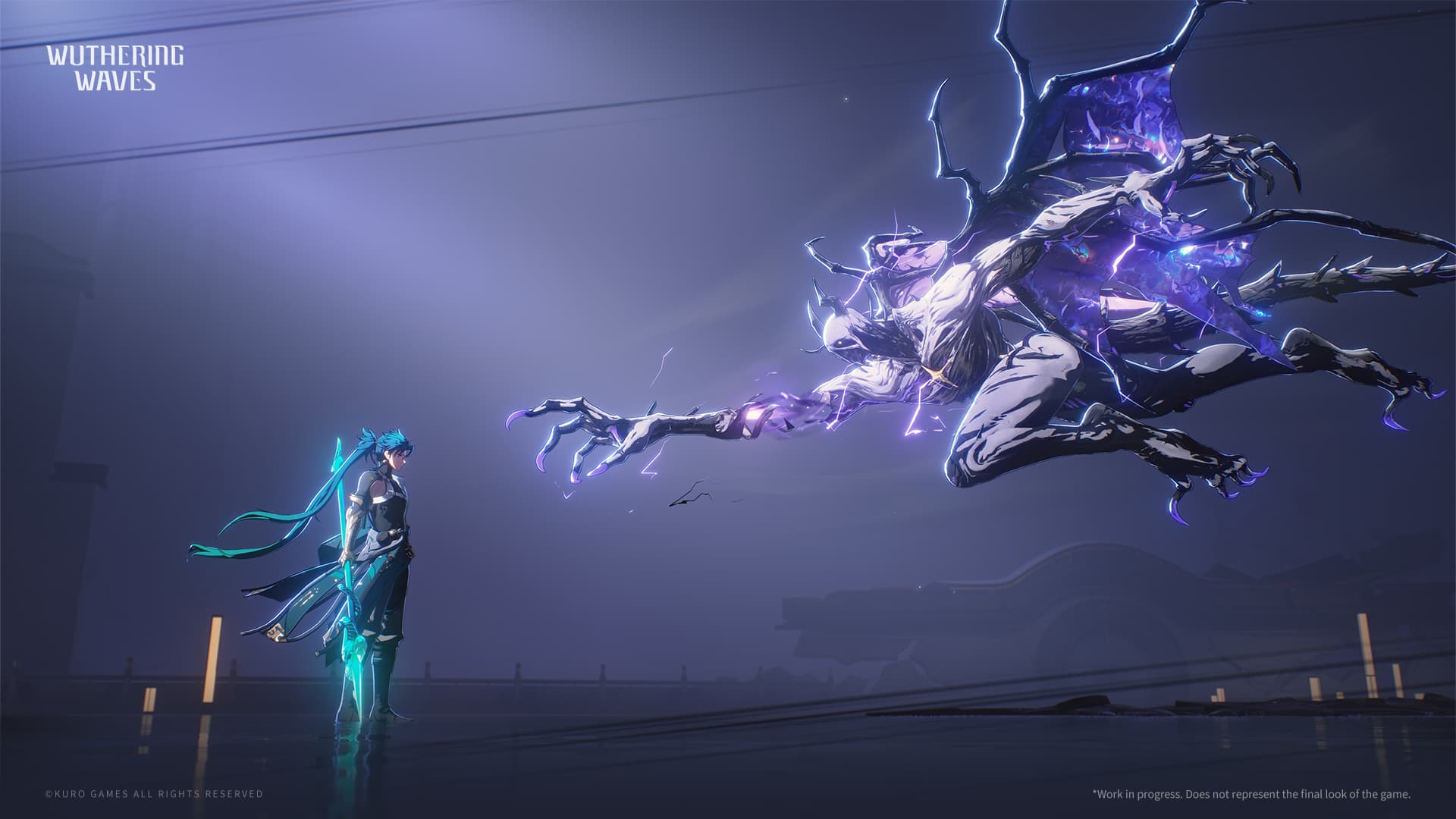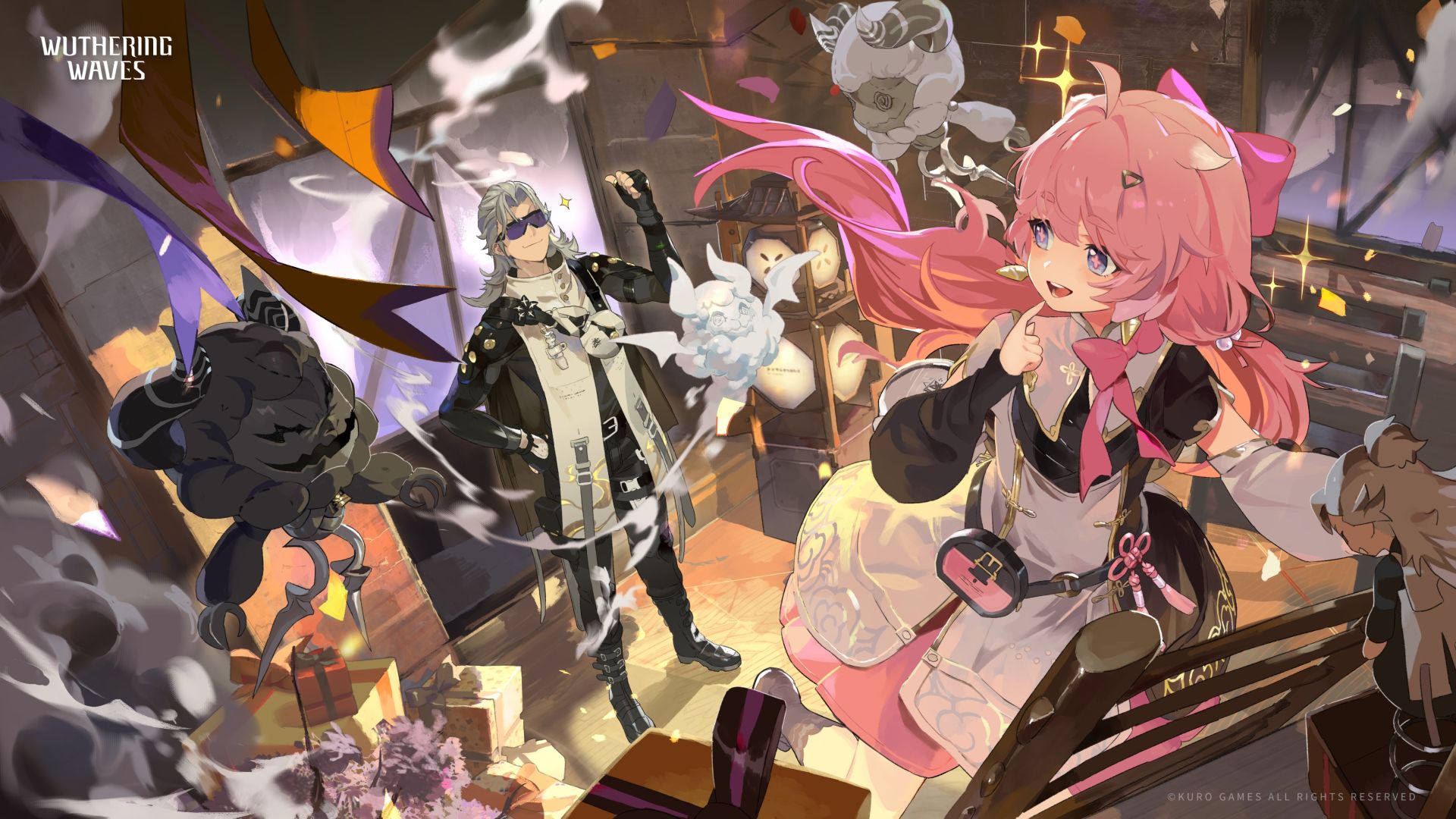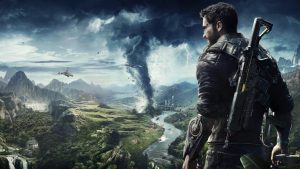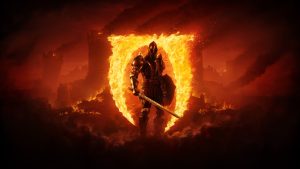
While some developers chase after the live-service trend in hopes of finding success, another market sees continued interest – the Genshin Impact clones. You know the kind – a massive open world with action RPG combat, an epic story to experience, characters to roll for and unhealthy amounts of min-maxing for end-game. Tower of Fantasy hasn’t really made a dent in the market, and Bandai Namco’s Blue Protocol is due for a worldwide release later this year. However, another title has been generating buzz over the past several months – Kuro Games’ Wuthering Waves.
The developer is better known for Punishing Gray Raven, an action hack-and-slash experience with deep combat, an intriguing sci-fi setting and an incredible soundtrack with techno and trance. While the influence of Genshin is apparent, there’s some excitement about what unique aspects Wuthering Waves brings to the table when it launches on May 22nd for iOS, Android and PC. Here are 15 things you should know before jumping in.
Story
Like Punishing Gray Raven, Wuthering Waves’ story is more on the darker side. It takes place after a post-apocalyptic event wrought by the Lament, leading to many deaths. Those who remained eventually rallied behind combatants known as Resonators, though the Lament’s influence remains. Throughout this, the player controls the amnesiac Rover, who seemingly has no memories of their life or the world. They thus team with the Resonators to find out more, though the plot thickens when it’s discovered the Rover can absorb the Echoes of different enemies.
Setting
The setting is Solaris-3, where the Sentinels maintain order while serving as record keepers. There are multiple nations and cities to explore, like Huanglong with its Outer and Inner districts, but you also venture through a vast world of extensive plains, mountains and more. Again, it’s standard fare if you’ve seen any Genshin Impact environments, albeit with a slight sci-fi bent.
Traversal and Exploration
The major difference is in how you explore Solaris-3. Genshin Impact provides a glider and the usual sprinting through open terrain, and Wuthering Waves is no different. However, you can also automatically clamber across small hurdles, use a grapple reminiscent of the Wirebug from Monster Hunter Rise and even wall-run. This massively opens up the exploration, and there are challenges to test your mastery over the traversal. It also looks stylish as heck, which certainly doesn’t hurt.
Rover and Resonators
The Rover is the player character with the option for a male or female protagonist. Based on the second closed beta test held in March, they’re not all that bad and provide a solid start (as far as free-to-play protagonists go). It’s the Resonators that determine the potency of your party.
Earned from completing in-game tasks and rolling on their respective character banners, the Resonators range from the sword-wielding Danjin to the icy Sanhua. Each Resonator, including the Rover, has their respective element and weapon types, not to mention unique skills and abilities, that make them a force to reckon with.
Fortes and Resonance Chains
Along with different abilities, each character has a skill tree (known as Fortes), which levels up their default kit. As you ascend a Resonator, you gain access to other bonuses for each ability. There are also Resonance Chains – passives which become available after pulling for duplicates of the same Resonator. Though meant as a sink for those who like to focus on certain characters, it likely won’t be necessary to clear most content in the game.
Quests
Based on the closed beta, quests range from progressing the main story to side quests, which can provide rewards like Astrites (used to roll new characters). You also have the standard daily missions, which provide Astrites upon completing a set number; Exploration Quests that offer more information on a region; and Companion Quests centred on specific Resonators so you can learn more about their story.
Combat
Arguably the most appealing part of Wuthering Waves, the combat is fairly deep. You can execute basic, heavy and plunging attacks like Genshin Impact. Resonance Skill is your skill, while Resonance Liberation is like a character’s ultimate or Elemental Burst, either dealing massive damage or providing benefits for the entire team. You only control one character at a time but can switch between them.
The combat really takes off when you master the other mechanics. It’s possible to parry or dodge attacks at the last second to avoid damage (potentially followed by a counter-attack) and switch to other characters to keep combos going (known as Concerto Skills and triggered by charging the bar to the left of your HP).
Resonance Circuits and Concerto Effects
But that’s not all – the Resonance Circuit above a character’s health bar also fills with attacks and can provide different benefits when consumed, like enhancing skills and attacks. Also, depending on the elements used in a Concerto Skill, you can activate effects like Ensemble for increased normal and heavy attack damage for a period or Sustenance, which slows time around the player and restores Concerto Energy. Long story short, there’s a lot, and it provides a higher-skill floor and ceiling than your typical free-to-play action RPG.
Weapons
Also akin to Genshin, you have multiple weapon types – namely Gauntlets, Pistols, Rectifiers, Broadblades and Swords – each with different rarities that determine their base stats and perks. You can’t equip just any weapon on a Resonator, and much like the characters, they can be leveled up and ascended for greater benefits. Interestingly, Kuro Games offered the option to select your weapon when pulling for it during the closed beta, narrowing down the RNG. Whether that makes it into the final game remains to be seen, but it’s a nice option.
Boss Fights
Like with Punishing Gray Raven, the boss fights in Wuthering Waves are a highlight. Outside of sporting extensive combos and movement abilities, they also look cool and serve as the perfect test of one’s combat prowess. Story bosses are a given, but you’ll also discover various world bosses to fight, motivating you to go out and explore, especially when you can collect…
Echoes
Upon defeating bosses (and even regular enemies), you can unlock Echoes. These have their rarities and stats, from main to sub-stats, directly affecting your character. The difference is that you can use these Echoes in different ways, whether it’s summoning the enemy to help out in battle or becoming a boss for a brief period and unleashing attacks. With tons of Echoes and no restrictions on farming them, there’s a Pokemon-like collection element to the system, and it weaves into the regular combat to allow for some ridiculous combos.
Echo Sets
If that weren’t enough, you can also equip Echoes of the same set to unlock set bonuses. A two-piece Freezing Frost Echo Set will increase Glacio damage by 10 percent, but equipping five pieces allows for stacking Glacio damage by 10 percent up to three with each basic or heavy attack. There are other unique options like increased exiting attack damage or buffing your entire team’s attack, which looks to encourage building some Resonators for specific purposes.
End-Game Activities
Wuthering Waves’ end-game can be summed up in three activities – Tactical Hologram, Tower of Adversity and Depths of Illusive Realm. Tactical Hologram provides boss challenges with multiple difficulty levels that provide Echo materials, though they’re one-time only. Tower of Adversity is akin to Genshin’s Spiral Abyss with three zones – Stable, Experimental and Hazard, each possessing multiple stages and increasing in difficulty. Based on your performance, you’ll earn crests that determine your rewards.
Finally, you have Depths of Illusive Realm, a rogue-like mode similar to the Simulated Universe from Honkai: Star Rail. Select a character, progress through areas, battle enemies, obtain random buffs and defeat the boss at the end for rewards. How often it’s updated and whether there will be new experiences within is still unknown.
Co-op
Co-op is also supported, allowing players to team up together, but there are restrictions when questing, the end-game and even stuff like opening chests. You can farm Echoes from a friend’s world in pursuit of that perfect drop, but based on the closed betas, more needs to be done for co-op. Whether that means dedicated content or not remains to be seen.
PC Requirements
Thankfully, the requirements for playing Wuthering Waves on PC are not too heavy. All configurations will require Windows 10/11 64-bit and 30 GB of installation space. Minimum requirements include an Intel Core-i5 (9th Gen) or AMD Ryzen 2700, 16 GB RAM and an Nvidia GeForce GTX 1060 or AMD Radeon RX 570. The recommended requirements include a Core-i7 (9th Gen) or Ryzen 3700, 16 GB RAM or higher and an RTX 2060, RX 5700XT or higher.








